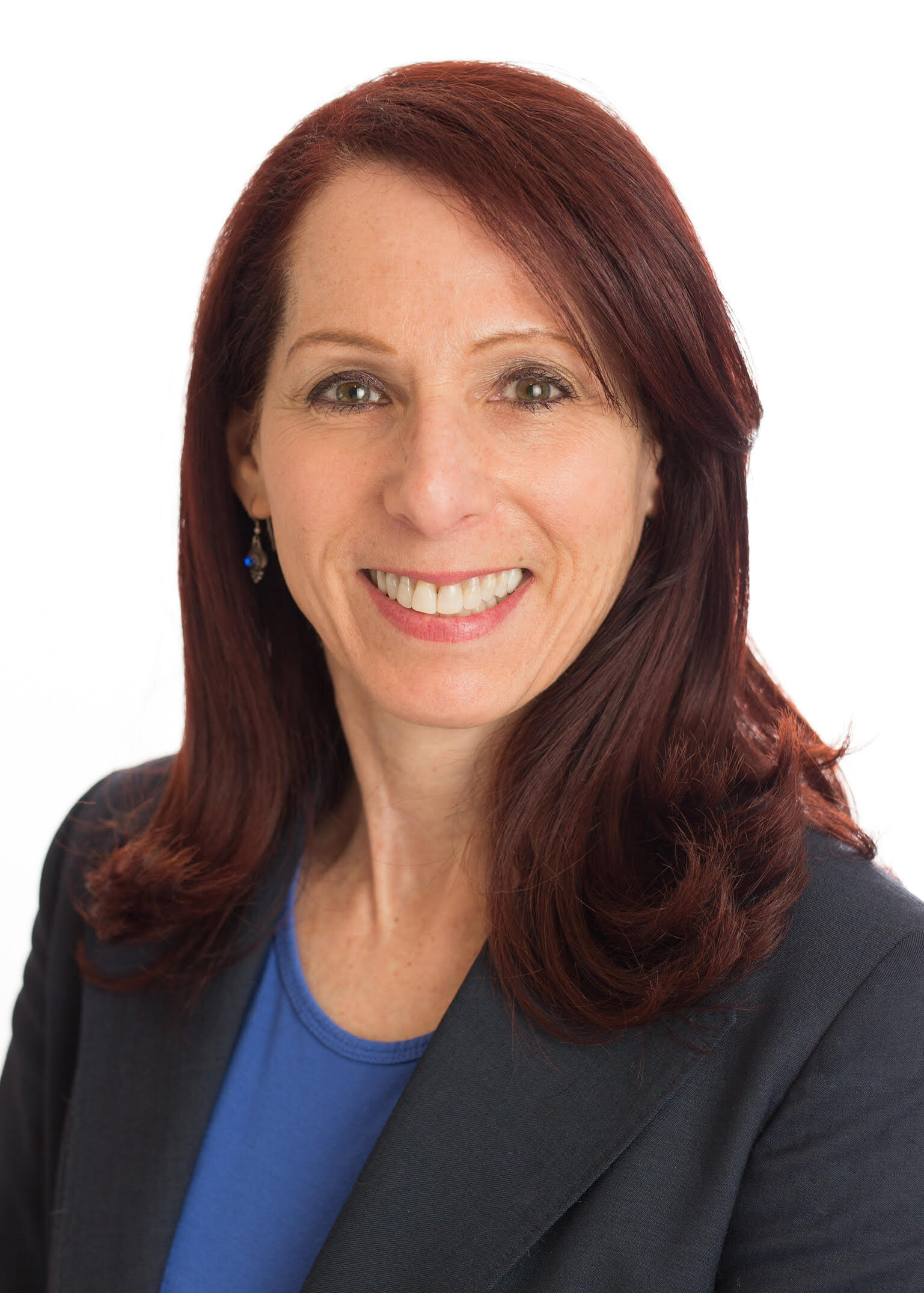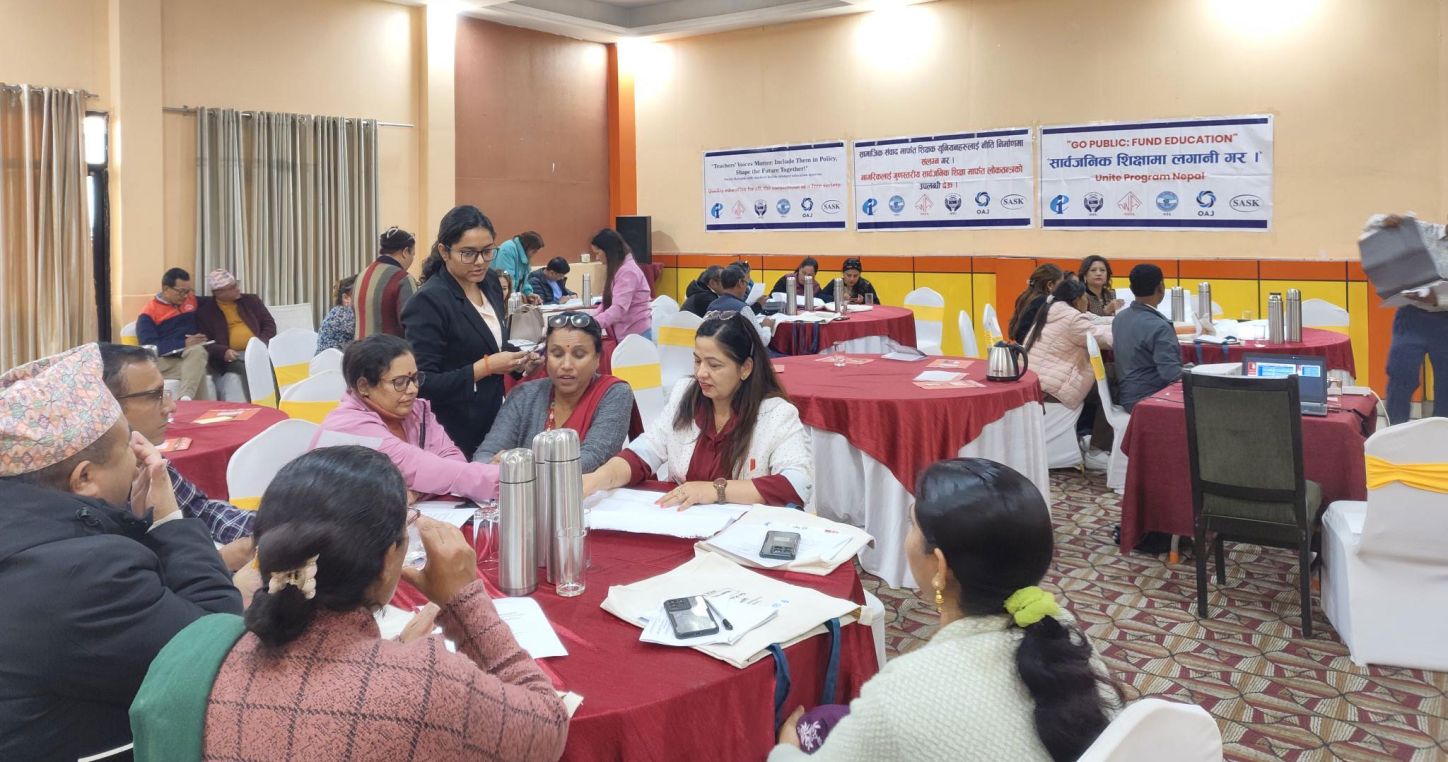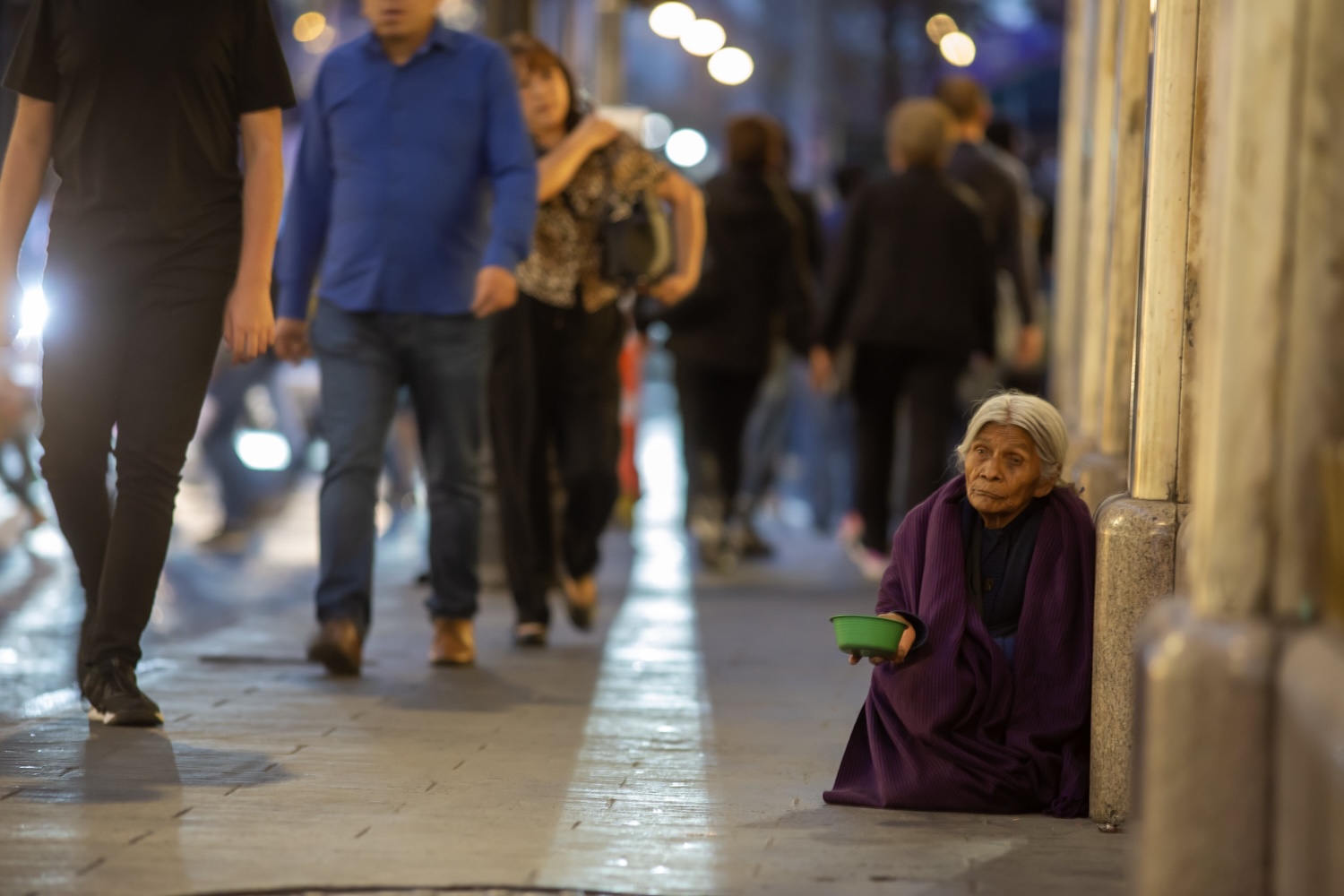Northeastern announces 2025 Women Who Empower Innovator Awards winners and new fellowship, follow-on fund – Northeastern Global News

Report on the 2025 Women Who Empower Innovator Awards
Executive Summary: Aligning Entrepreneurship with Global Goals
Northeastern University has announced the 31 recipients of its 2025 Women Who Empower Innovator Awards. This initiative directly supports the United Nations Sustainable Development Goals (SDGs), with a primary focus on SDG 5: Gender Equality, by providing capital and a support network to women entrepreneurs. The ventures awarded demonstrate a collective commitment to addressing global challenges across health, sustainability, and social equity, aligning with a broad spectrum of SDGs. Now in its fifth year, the program has invested over $1.8 million and is expanding its long-term support through a new fellowship and a follow-on fund to amplify the sustainable impact of these ventures.
Program Contribution to Sustainable Development Goals
The Innovator Awards program is structured to foster ventures that contribute directly to the 2030 Agenda for Sustainable Development. The initiative’s core mission is to empower female entrepreneurs, a key target of SDG 5 (Gender Equality). By funding the individual rather than the enterprise, the program invests in leadership capacity to drive long-term change. The 2025 cohort includes ventures explicitly targeting numerous SDGs.
Strategic Enhancements for Long-Term SDG Impact
- Innovator Fellowship Program: A new nine-month accelerator designed to provide top honorees with mentorship and global connections, enhancing their capacity to scale ventures that address complex global problems. This supports SDG 17: Partnerships for the Goals.
- Innovator Follow-on Fund: A new capital fund to help past recipients advance or expand their work, ensuring the continued progress of proven, impactful ventures aligned with the SDGs.
2025 Award Recipient Analysis by SDG Contribution
Innovator Fellows: Leading Multifaceted SDG Initiatives
The top honorees, designated as Innovator Fellows, are leading ventures with a cross-cutting impact on multiple SDGs.
- Ceylan Rowe (The Fihri Foundation): Addresses SDG 3 (Good Health and Well-being), SDG 5 (Gender Equality), and SDG 6 (Clean Water and Sanitation) through a nonprofit focused on sustainable menstrual products.
- Khushi Shah (Drizzl): Contributes to SDG 2 (Zero Hunger), SDG 6 (Clean Water and Sanitation), and SDG 13 (Climate Action) with a smart irrigation system.
- Claire Beskin (Empallo): Focuses on SDG 3 (Good Health and Well-being) by providing accessible AI-powered cardiac care.
- Lee Sowles (Kind Mind): Targets SDG 3 (Good Health and Well-being) and SDG 4 (Quality Education) with an educational technology platform for behavioral interventions.
- Isabelle Wood (Ranch Lab): Advances SDG 2 (Zero Hunger) and SDG 9 (Industry, Innovation, and Infrastructure) by connecting innovators with agricultural producers.
- Julieta Moradei (Overlay Capital Build): Supports SDG 9 (Industry, Innovation, and Infrastructure) and SDG 11 (Sustainable Cities and Communities) through a construction technology consultancy.
Ventures Advancing Good Health and Well-being (SDG 3)
- Sarah Martins (The Special Standard): A curriculum for speech-language therapy.
- Marisa Sweeney (Be Well): A health and wellness center focused on women.
- Danielle Birchett (Aurora Health Tech): A wearable device for predicting dystonia episodes in individuals with cerebral palsy.
- Daniella Cohen (BioBeats): An application that syncs music to biometric data.
- Julie Brady (Balanced Beauty): Advanced skincare technology.
Ventures Driving Sustainable Industry and Infrastructure (SDG 9, 11, 12, 13, 14)
- Alexa McGovern (Dirigo Sea Farm): Develops kelp-based bioplastic alternatives, contributing to SDG 12 (Responsible Consumption and Production) and SDG 14 (Life Below Water).
- Stephanie Golik (Frontflip): An AI companion for real estate investors, supporting SDG 9 (Industry, Innovation, and Infrastructure).
- Soumya Singh (Glossi App/Orange Stack): AI-powered vehicle inspections and app development tools, advancing SDG 9.
- Katya Pourteymour (AVP): A real estate firm transforming underutilized properties, aligning with SDG 11 (Sustainable Cities and Communities).
- Daisy Kendrick (DaisyK.Madrid): Bespoke women’s shirts, with a focus on sustainable production practices relevant to SDG 12.
- Tejaswini Kambaiahgari (BaselineTech): Mixed-reality snowboarding simulators, contributing to innovation under SDG 9.
- Hannah Wimpy (Ionova): A platform bridging hypothesis and experimentation, supporting research and innovation under SDG 9.
Ventures Promoting Education, Decent Work, and Reduced Inequalities (SDG 4, 8, 10)
- Anjali Laddha (Degree2Destiny): An AI-driven career readiness platform supporting SDG 4 (Quality Education) and SDG 8 (Decent Work and Economic Growth).
- Cassandra Friend (Kavalyn Custom Solutions): A veteran-led consultancy for education and careers, advancing SDG 4 and SDG 8.
- Naomi Barrant & Ashleigh Chiwaya (Nuly Root’d): A venture to improve access to curly hair products for students, addressing SDG 10 (Reduced Inequalities).
- Lori Lennon (Thinkubator Media): Empowers women in STEM through branding, contributing to SDG 5 and SDG 8.
- Izabella Pivo (That Entrepreneurial Girl): A media studio for impact founders, supporting SDG 8.
- Ruby Sulter (AthenaStrong): A gym lifting strap designed for women, promoting inclusion in fitness and aligning with SDG 5.
- Calia Brencsons-Van Dyk (Caliativity Productions): A boutique agency for personal branding, supporting professional growth under SDG 8.
Ventures Fostering Global Partnerships and Strong Institutions (SDG 16 & 17)
- Safiya Khalid (Community Organizing Alliance): A civic engagement organization for youth, contributing to SDG 16 (Peace, Justice, and Strong Institutions).
- Gabby Gabriel (Second Wind Media & GAB INC): A global entertainment media network fostering cross-cultural connections under SDG 17 (Partnerships for the Goals).
- Vallabhi Singh (Creatives Around The World): A startup discovery and investment ecosystem that builds global partnerships, aligning with SDG 17.
- Gina Dunn (My Paris Connect): A cultural immersion platform that promotes global understanding, relevant to SDG 17.
- Shirley Wang (Foundess): A nonprofit supporting founders of all genders, contributing to inclusive economic growth (SDG 8) and partnerships (SDG 17).
Analysis of Sustainable Development Goals (SDGs) in the Article
Which SDGs are addressed or connected to the issues highlighted in the article?
The article on the “2025 Women Who Empower Innovator Awards” at Northeastern University addresses several Sustainable Development Goals (SDGs) through its focus on supporting female entrepreneurs and their innovative ventures. The primary SDGs connected to the article are:
- SDG 5: Gender Equality – The entire initiative is centered on empowering women entrepreneurs, providing them with funding, mentorship, and a support network.
- SDG 8: Decent Work and Economic Growth – The program fosters entrepreneurship, supports the creation of startups, and invests in ventures that can lead to job creation and economic productivity.
- SDG 9: Industry, Innovation, and Infrastructure – The awards celebrate and fund “innovators” and their ventures in fields like AI, technology, and sustainability, directly promoting innovation and supporting new enterprises.
- SDG 3: Good Health and Well-being – Several winning projects are in the health sector, aiming to improve healthcare access, technology, and wellness.
- SDG 4: Quality Education – The program provides mentorship and professional development. Additionally, some winning projects are focused on educational technology and career readiness platforms.
- SDG 12: Responsible Consumption and Production – The sustainability category highlights ventures creating bioplastic alternatives and promoting sustainable products, which aligns with reducing waste and promoting sustainable practices.
- SDG 6: Clean Water and Sanitation – Specific projects mentioned, such as a smart irrigation system and a sustainable menstrual product nonprofit, directly relate to water efficiency and sanitation.
What specific targets under those SDGs can be identified based on the article’s content?
Based on the initiatives and ventures described, the following specific SDG targets can be identified:
-
SDG 5: Gender Equality
- Target 5.5: “Ensure women’s full and effective participation and equal opportunities for leadership in all levels of decision-making in political, economic and public life.” The article directly addresses this by funding and supporting women founders, helping them become leaders in their respective industries.
- Target 5.b: “Enhance the use of enabling technology, in particular information and communications technology, to promote the empowerment of women.” Many of the funded ventures are tech-based, and the program itself empowers women through these innovative fields.
-
SDG 8: Decent Work and Economic Growth
- Target 8.3: “Promote development-oriented policies that support productive activities, decent job creation, entrepreneurship, creativity and innovation…” The Innovator Awards program is a clear example of a policy that directly supports entrepreneurship, creativity, and innovation.
-
SDG 9: Industry, Innovation, and Infrastructure
- Target 9.5: “Enhance scientific research, upgrade the technological capabilities of industrial sectors in all countries…encouraging innovation and substantially increasing the number of research and development workers…” The program’s investment in ventures like “AI-powered clinic,” “AI companion for real estate investors,” and “Kelp-based bioplastic alternatives” directly contributes to this target.
-
SDG 3: Good Health and Well-being
- Target 3.d: “Strengthen the capacity of all countries…for early warning, risk reduction and management of national and global health risks.” The project “Aurora Health Tech: Wearable for dystonia episode prediction in cerebral palsy” is a direct example of technology for early warning and risk management in health.
-
SDG 4: Quality Education
- Target 4.4: “By 2030, substantially increase the number of youth and adults who have relevant skills, including technical and vocational skills, for employment, decent jobs and entrepreneurship.” The fellowship program, mentorship, and funding provide entrepreneurs with the skills and resources needed for success. Projects like “Degree2Destiny: AI-driven career readiness platform” also directly address this target.
-
SDG 12: Responsible Consumption and Production
- Target 12.5: “By 2030, substantially reduce waste generation through prevention, reduction, recycling and reuse.” The venture “Dirigo Sea Farm: Kelp-based bioplastic alternatives” is a direct effort to reduce plastic waste by creating a sustainable alternative.
-
SDG 6: Clean Water and Sanitation
- Target 6.4: “By 2030, substantially increase water-use efficiency across all sectors…” The project “Drizzl: Smart irrigation system using sensors and AI” aims to improve water-use efficiency in agriculture.
- Target 6.2: “…achieve access to adequate and equitable sanitation and hygiene for all…paying special attention to the needs of women and girls…” The venture “The Fihri Foundation: Sustainable menstrual product nonprofit” addresses this target by focusing on menstrual hygiene.
Are there any indicators mentioned or implied in the article that can be used to measure progress towards the identified targets?
Yes, the article provides several quantitative and qualitative indicators that can be used to measure progress:
- Indicator for SDG 5.5 & 8.3 (Proportion of women in leadership/entrepreneurial roles): The article explicitly states the number of women who have received awards.
- “Thirty-one Northeastern students, graduates and affiliated entrepreneurs have been selected as recipients” for the 2025 awards.
- “133 total recipients” since the program’s inception.
- Indicator for SDG 8.3 & 9.5 (Financial support for innovation and entrepreneurship): The article quantifies the financial investment made by the program.
- “more than $1.8 million in funding” has been invested by the initiative.
- The creation of a “follow-along fund for past recipients” indicates ongoing financial support.
- Indicator for SDG 9.5 (Number of innovative enterprises): The list of winners and their ventures serves as a direct indicator of the number and type of innovative enterprises being supported.
- Examples include “Empallo: AI-powered clinic,” “Drizzl: Smart irrigation system,” and “Dirigo Sea Farm: Kelp-based bioplastic alternatives.”
- Indicator for SDG 4.4 (Number of individuals receiving entrepreneurial training/mentorship): The establishment of new support structures implies a focus on skill development.
- The creation of the “Women Who Empower Innovator Fellowship Program” for top honorees, which focuses on “mentorship, global connections and venture growth.”
SDGs, Targets, and Indicators Summary
| SDGs | Targets | Indicators Identified in the Article |
|---|---|---|
| SDG 5: Gender Equality | 5.5: Ensure women’s full participation and equal opportunities for leadership. | Number of women entrepreneurs funded (31 in 2025, 133 total). |
| SDG 8: Decent Work and Economic Growth | 8.3: Promote policies that support entrepreneurship, creativity, and innovation. | Total investment in ventures (over $1.8 million); creation of a follow-on fund. |
| SDG 9: Industry, Innovation, and Infrastructure | 9.5: Enhance scientific research and encourage innovation. | Number and type of innovative ventures supported (e.g., AI, health tech, sustainability). |
| SDG 3: Good Health and Well-being | 3.d: Strengthen capacity for early warning and management of health risks. | Development of new health technologies (e.g., “Aurora Health Tech: Wearable for dystonia episode prediction”). |
| SDG 4: Quality Education | 4.4: Increase the number of adults with relevant skills for entrepreneurship. | Establishment of a fellowship program focusing on mentorship and professional development. |
| SDG 12: Responsible Consumption and Production | 12.5: Substantially reduce waste generation. | Creation of ventures developing sustainable alternatives (e.g., “Dirigo Sea Farm: Kelp-based bioplastic alternatives”). |
| SDG 6: Clean Water and Sanitation | 6.4: Increase water-use efficiency. 6.2: Achieve access to adequate sanitation and hygiene. |
Development of water-saving technology (“Drizzl: Smart irrigation system”); Creation of a nonprofit for sustainable menstrual products (“The Fihri Foundation”). |
Source: news.northeastern.edu

What is Your Reaction?
 Like
0
Like
0
 Dislike
0
Dislike
0
 Love
0
Love
0
 Funny
0
Funny
0
 Angry
0
Angry
0
 Sad
0
Sad
0
 Wow
0
Wow
0












































































